Life in the Blue Zone: What Australia needs to do to qualify
The world has five ‘Blue Zones’ – locations where residents live longer and healthier lives. See why and the Aussie contenders.
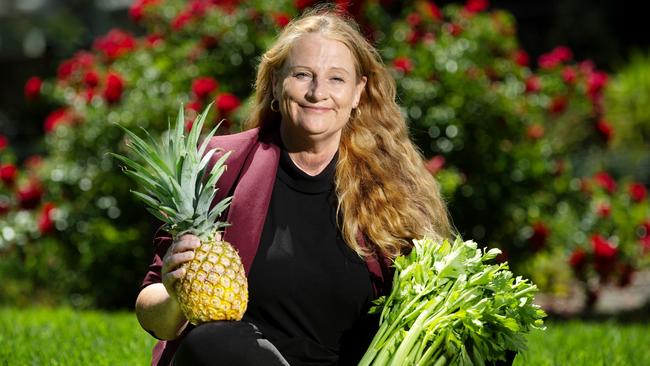
Health of the Nation
Don't miss out on the headlines from Health of the Nation. Followed categories will be added to My News.
It was a term first coined two decades ago after scientists and demographers went in search for communities where people not only lived longer but also enjoyed a high quality of life in their old age.
National Geographic explorer and best-selling author Dan Buettner coined the phrase ‘Blue Zones’ after a trip to Okinawa, Japan, with four other regions – Sardinia, Italy; Ikaria, Greece; Nicoya, Costa Rica; and the Loma Linda community of Seventh Day Adventists, California – joining the list.
The researchers came up with a list of nine lifestyle traits that were credited with the outstanding standard of health, longevity and vitality in the five communities. These include:
•Regular physical activity that is a part of the lifestyle like walking to the shops rather than using a vehicle.
•Having something meaningful that motivates you to get up every day.
•Rhythms and rituals that reduce stress. For example, in Okinawa the women enjoy tea ceremonies, while the Loma Linda religious community has prayer groups and in Italy and Greece the siesta fills the stress release gap.
•A healthy plant-based diet that’s also low in meat, fish and dairy.
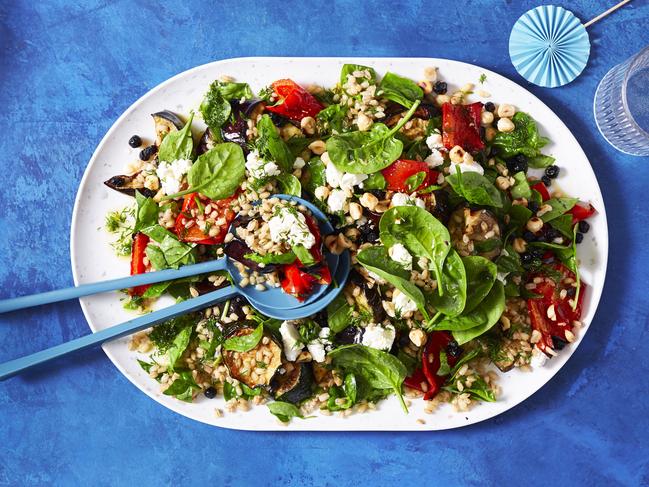
•Eating patterns that favour being 80 per cent full.
•Very moderate amounts of alcohol.
•Engaging in social groups that are focused around healthy activities.
•Religion – perhaps because it encourages social connections and rituals offer a stress-reducing dimension.
•Maintaining close relationships between family members.
While Australia is yet to find its way onto the Blue Zones list, experts said this should not be seen as a failure.
A report from the Australian Institute of Health and Welfare in 2023 showed that on average, Australians are living longer than ever before.
Life expectancy in Australia has increased by 13.7 years for males and 11.2 years for females since the 1960s. People born in 2019–2021 can expect to live to more than 81 years (81.3 years for males and 85.4 for females).
Australia has one of the highest life expectancies in the world (83.2 years in 2021), ranking fifth among 38 other Organisation for Economic Co-operation and Development (OECD) countries. Japan is at the top with 84.7 years, closely followed by Switzerland, Korea and Spain.

Epidemiologist and public health medicine specialist Professor Tony Blakely said: “Let’s not beat ourselves up too much”.
He said when it comes to risk factors, “getting rid of tobacco out of Australia would both lift the average life expectancy and greatly reduce health inequalities”.
“Policy is currently more focused on vaping – which needs attention, but let’s not take our eye off the main ball which is tobacco,” Prof Blakely from University of Melbourne’s School of Population and Global Health said.
“Australia was the world leader in tobacco policy with plain packaging, but is now needing some more radical final pushes to removing tobacco all together.
“Also, high body mass index is a curse in Australia as in many countries – and strongly socially patterned. Stronger action from Governments to reduce obesogenic environments”.
He said one option would be a tax on sugary drinks.
He said more also needs to be done to reduce the amount of salt in Australian diets – sodium in food drives high blood pressure that increases strokes and heart diseases, and most sodium is hidden in processed food.
“The WHO targets are about half the level Australia has at the moment, and mandating industry limits on sodium in processed food would increase life expectancy and save health care costs and increase income productivity,” Professor Blakely said.
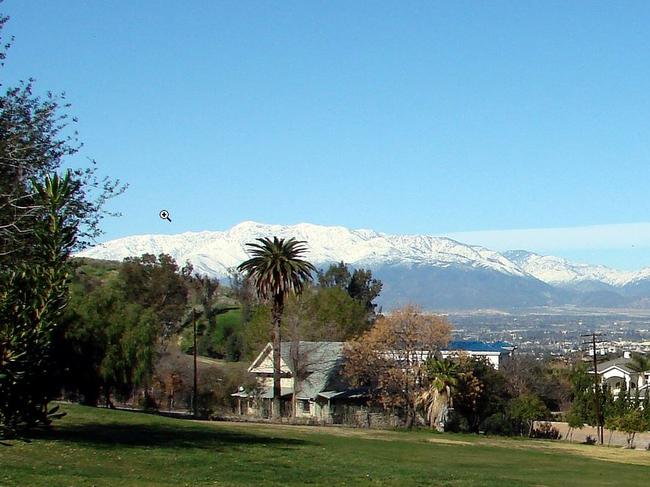
Professor Perminder Sachdev from the University of New South Wales’ Centre for Healthy Brain Ageing (CHeBA) said messages about healthy living are quite clear and simple.
“Healthy ageing is a lifelong endeavour. Start thinking about it and acting early,” Prof Sachdev said.
He said this includes simple strategies such as taking care of your physical health with regular exercise and physical activity, and prioritising healthy eating and a good night’s sleep.
Dr Lindsay Wu, a senior research fellow at the UNSW Laboratory for Ageing Research, agrees Australians have plenty to celebrate when it comes to life expectancy.
“Australia already has one of the highest life expectancies in the world! We should be extremely proud of this, and it reflects that we are rich, healthy and have outstanding healthcare,” Dr Wu said.
“The question really should be what the rest of the world should do to be like us.”

What can people do now to increase their own life expectancy?
Exercise, exercise, exercise, Dr Wu said.
“Anecdotally I see a lot of people who assume that the benefit of exercise is to lose weight, and that everything else is secondary to this main game of losing weight,” he said.
“The extraordinary thing about exercise is that you have these incredible benefits to health that occur well before any change in weight.
“Regular exercise has benefits to health now, and later into life. Related to this, one of the biggest challenges to quality of life and extending lifespan in the elderly is preventing frailty.
“Maintaining muscle mass is important and there are terrific benefits to resistance training, especially in the elderly, and especially in women, who are at added risk of frailty from osteoporosis.”
WHERE ARE THE WORLD’S BLUE ZONES?
A dedicated Blue Zones website provides snapshots of each of the five regions and what makes them so special.
Okinawa, Japan
This well-known part of Japan is home to about 1.47 million people. Okinawans have less cancer, heart disease and dementia than Americans, and women there live longer than any women on the planet. One of the standout strengths of these people is their dedication to social networks of family and friends. Older Okinawans have eaten a plant-based diet most of their lives. Stir-fried vegetables, sweet potatoes, and tofu – all high in nutrients and low in calories – are mainstays of their diet. Fish, meat and poultry makes up just 2 per cent of a typical Okinawan centenarian diet, while 67 per cent is sweet potato and 12 per cent rice.
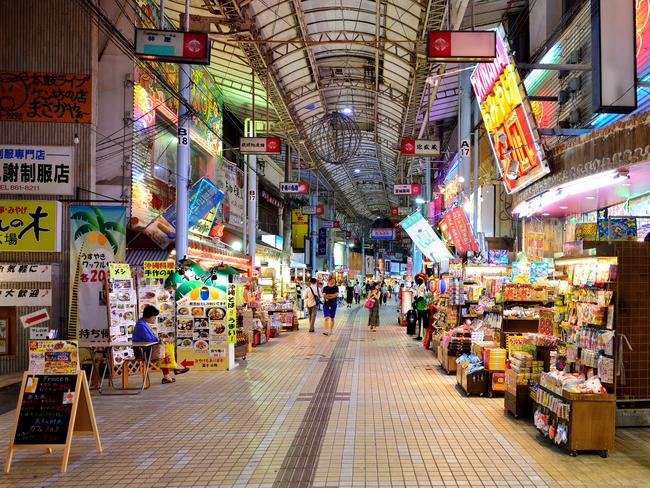
Nicoya, Costa Rica
Nicoya is 311sqm peninsula located just south of the Nicaraguan border, and home to about 24,000 people. Nicoyan centenarians are also known for their active social lives and they frequently visit with friends and neighbours. They also tend to live with families and children or grandchildren who provide support and a sense of purpose. Nicoyan water has the country’s highest calcium content, which researchers believe could explain the lower rates of heart disease, as well as stronger bones and fewer hip fractures. Wholegrains (26 per cent), dairy (24 per cent) and vegetables (14 per cent) make up the bulk of the typical Nicoyan centenarians’ diet. Meat, fish and poultry account for just five per cent, and only two per cent of their diet is eggs.
Ikaria, Greece
The tiny island is located about 20km southwest of Samos and has a population of about 8800 people. Ikarians are almost entirely free of dementia and one in three people make it to their 90s. Researchers attribute this to the geography, culture, diet, lifestyle and outlook. Strong red wine, active social lives and a relaxed pace of life underpins their way of life, while clean air, warm breezes and rugged terrain encourage them outdoors into an active lifestyle. Ikarians eat a variation of the Mediterranean diet, with lots of fruits and vegetables, whole grains, beans, potatoes and olive oil. Meat makes up just five per cent of a typical Ikarian centenarian’s diet, along with fish (6 per cent) and pasta (5 per cent). They also favour grass-fed goat’s milk over cow’s milk.
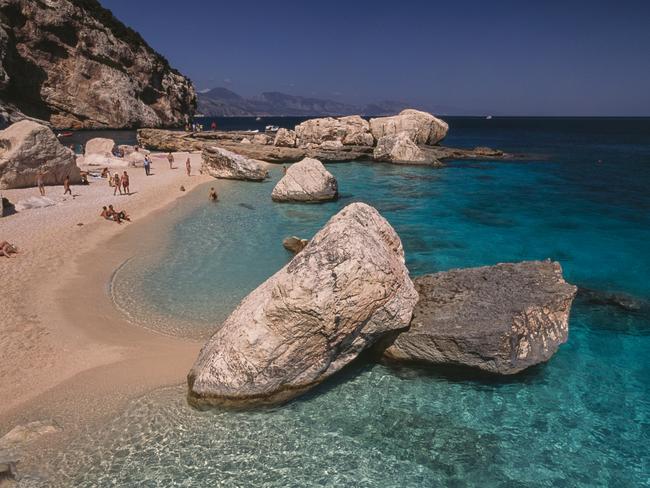
Sardinia, Italy
The second-largest island in the Mediterranean Sea, Sardinia is located west of the Italian peninsula and is home to about 1.6 million people. Along with Okinawa, Sardinia shares the highest rate of centenarians in the world (22 centenarians per 100,000 inhabitants). It was the first Blue Zone region to be declared by Mr Buettner and his team. Interestingly, the researchers found Sardinians carry a rare genetic quirk known as the M26 marker, which is linked to exceptional longevity. Due to its geographical isolation, these genes have remained largely undiluted. The researchers estimate there are almost 10 times more centenarians per capita in Sardinia than in the US. Whole grains (47 per cent) make up the bulk of a typical Sardinian centenarian diet, followed by dairy (26 per cent) and vegetables (12 per cent). Meat fish and poultry accounts for 5 per cent of their diet.
Loma Linda community of Seventh Day Adventists, California
The Seventh-day Adventist church community in this part of Southern California was founded in the 1840s. The community of about 9000 Adventists are the core of this Blue Zone region, and live as much as a decade longer than the rest of those in the US. Much of their longevity is attributed to their primarily vegetarian diet, regular exercise and strong sense of community and shared beliefs. Vegetables make up 33 per cent of the typical centenarian diet, followed by fruits (27 per cent), legumes and soy (12 per cent) and dairy (10 per cent). Just four per cent of their diet is made up of meat and poultry.
HOW CAN AUSTRALIA HAVE BLUE ZONES?
Australia could have Blue Zones if we avoided processed foods, ate more plant-based diets and were more active, research dietician Dr Lannie O’Keefe said.
She said those living in the world’s Blue Zones lived longer without disease and diseases of ageing, and in many cases people in their 90s were still walking around and were active members of their society.
“Step outside of these areas and your mortality rate goes up (significantly),” Dr O’Keefe from Victoria University said.
“(People living in Blue Zones) remain active from the start to the finish of their day. But it’s not all fairy tales. They do have some levels of stress,” she said.
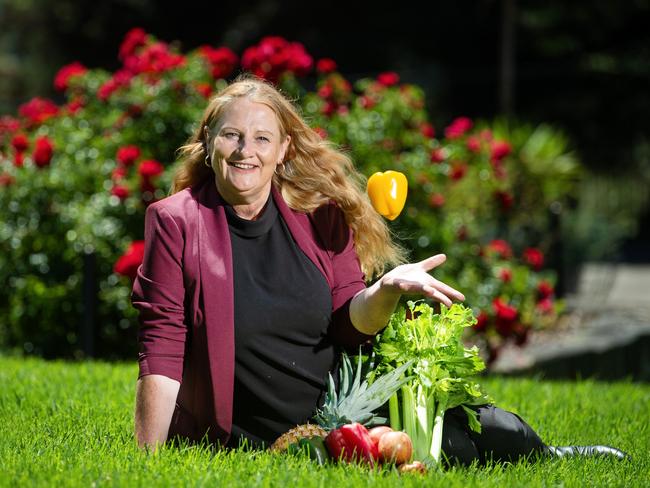
Dr O’Keefe said the gap was “pretty big” between those Blue Zones and what happens here in Australia, particularly the statistics around ultra-processed foods.
In Australia, almost 40 per cent of our diet contained ultra-processed foods, which included “high refined sugar and high sodium”, she said.
But adhering to the Australian Guide to Healthy Eating could get us closer to Blue Zone status. Blue Zone lifestyles are more active than us too.
Dr O’Keefe said people living in those areas would rather walk rather than drive the car.
“Their daily activity is about getting up, walking around, they have their own gardens or grown vegetables in pots - they are very active in their day to day life,” she said.
“In Australia, we tend to take the bus (or drive), our level of activity is in the gym.”
She said the size of our cities could be playing a factor in this, in that walking to work or the shops is not an option for everyone.
The final piece of the puzzle is about our inclusiveness, or lack thereof with the elderly.
Dr O’Keefe said Blue Zones were very positive and embraced the elderly.
“The family normally stays together, even the elderly live with families, they all live together,” she said.
“And when they are elderly - there are a lot of (positive) social aspects about getting older.
“But we don’t have that positive outlook about being elderly. Here, we have quite a fear of retirement.”
AUSSIE CONTENDERS FOR BLUE ZONES
Australia’s top five statistical areas for life expectancy in 2020-22 (combined both male and female):
1.Sydney, Baulkham Hills and Hawkesbury – 86.8 years
2.Sydney, North Sydney and Hornsby – 86.7 years
3.Sydney, Ryde – 86.3 years
4.Melbourne, Inner East – 86.3 years
5.Sydney, Northern Beaches – 85.9 years
The bottom ranked areas included:
1.Tasmania, West and North West – 80.3 years
2.Queensland, Outback – 78.9 years
3.NSW, Far West and Orana – 78.6 years
4.Western Australia, Outback (North) – 78.1 years
5.Northern Territory, Outback – 73.7 years
Originally published as Life in the Blue Zone: What Australia needs to do to qualify


